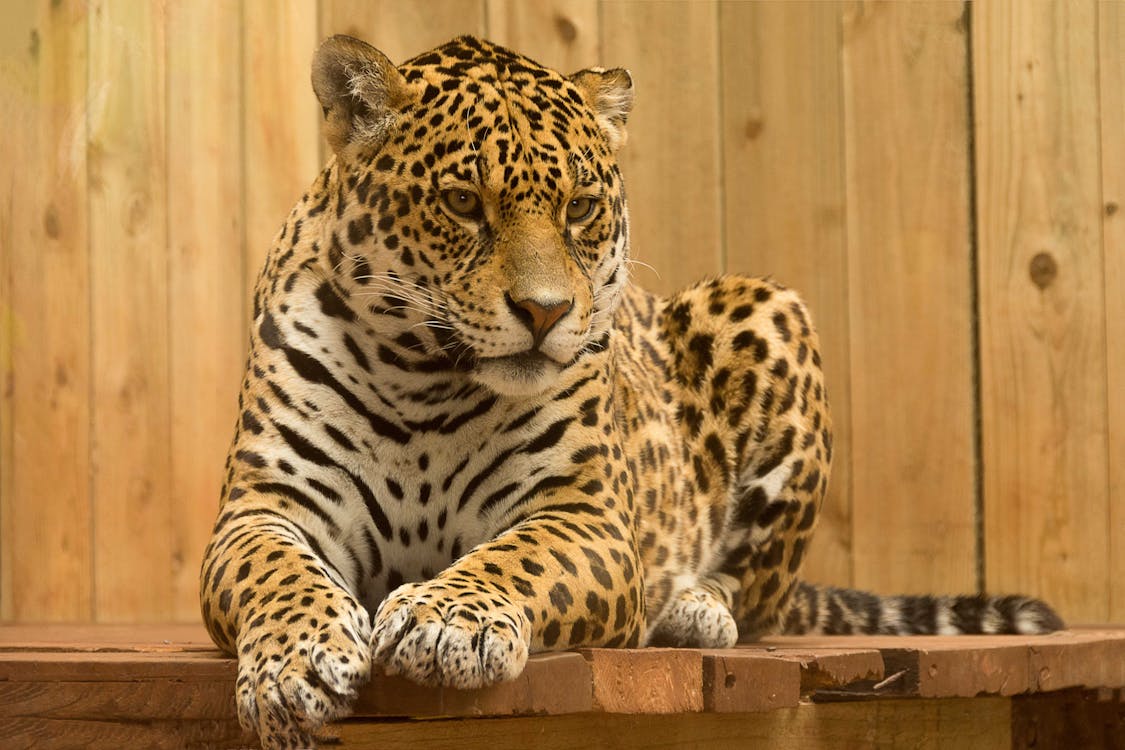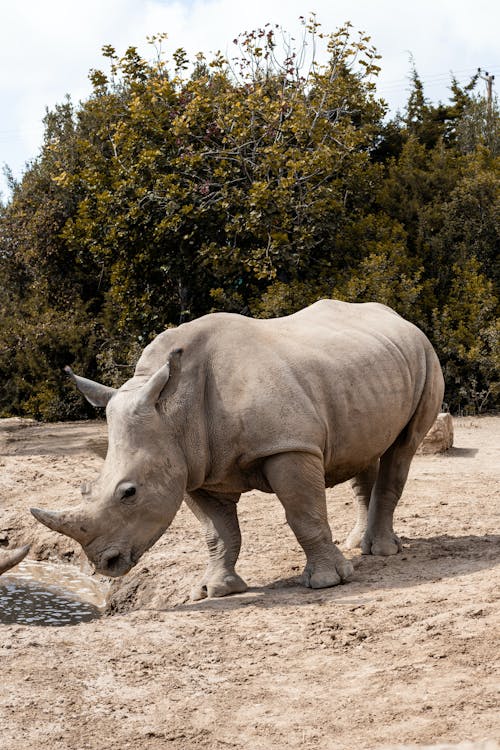Protecting Our Planet's Precious Wildlife: A Look at Endangered Animal Species
In today's world, the plight of endangered animal species serves as a stark reminder of the urgent need for conservation efforts. From majestic mammals to elusive amphibians, countless species are teetering on the brink of extinction due to various human-induced factors such as habitat loss, poaching, climate change, and pollution. Let's shine a spotlight on some of the most critically endangered animals around the globe and explore what can be done to protect them for future generations to cherish.
1. Amur Leopard (Panthera pardus orientalis)

The Amur leopard, native to the forests of eastern Russia and northeastern China, is one of the rarest big cats on the planet. With an estimated population of fewer than 100 individuals remaining in the wild, this magnificent creature faces imminent extinction due to habitat fragmentation and illegal poaching for its luxurious fur. Conservation efforts focused on habitat preservation, anti-poaching measures, and community engagement are crucial for the survival of this iconic species.
2. Sumatran Orangutan (Pongo abelii)

Endemic to the rainforests of Sumatra, Indonesia, the Sumatran orangutan is critically endangered due to rampant deforestation, palm oil cultivation, and illegal pet trade. With only around 14,000 individuals left in the wild, urgent action is needed to protect their remaining habitat and combat illegal wildlife trade. Reforestation initiatives, sustainable land use practices, and increased law enforcement are vital for ensuring the long-term survival of these intelligent primates.
3. Vaquita (Phocoena sinus)

The vaquita, often referred to as the "panda of the sea," is the world's smallest and most endangered porpoise species. Endemic to the northern Gulf of California, Mexico, this shy marine mammal is on the brink of extinction, with fewer than 10 individuals remaining. Illegal fishing practices, particularly the use of gillnets to catch another critically endangered species, the totoaba fish, have driven the vaquita to the edge of extinction. Immediate and decisive action, including the enforcement of fishing bans and the removal of illegal gillnets, is essential to save this species from extinction.
4. Javan Rhino (Rhinoceros sondaicus)

The Javan rhinoceros, native to the dense rainforests of Java, Indonesia, is one of the rarest large mammals on Earth. With a population of fewer than 80 individuals, this critically endangered species is threatened by habitat loss, poaching for its horn, and natural disasters such as volcanic eruptions and tsunamis. Intensive protection and monitoring efforts, coupled with habitat restoration initiatives, are critical for safeguarding the remaining Javan rhinos and ensuring their long-term survival.
5. Hawksbill Sea Turtle (Eretmochelys imbricata)

The hawksbill sea turtle, renowned for its strikingly beautiful shell, is critically endangered due to habitat degradation, poaching for its shell, accidental capture in fishing gear, and climate change-induced impacts on nesting beaches. Conservation efforts focused on protecting nesting sites, reducing marine pollution, implementing sustainable fishing practices, and combating illegal wildlife trade are essential for the survival of this iconic marine species.
In conclusion, the plight of endangered animal species serves as a poignant reminder of our collective responsibility to protect and preserve the precious biodiversity of our planet. Through concerted conservation efforts, public awareness campaigns, and sustainable practices, we can make a difference in safeguarding these magnificent creatures for generations to come.

 Cricket Score Counter
Cricket Score Counter Heads or Tails
Heads or Tails
You have not logged in, please Login to comment.